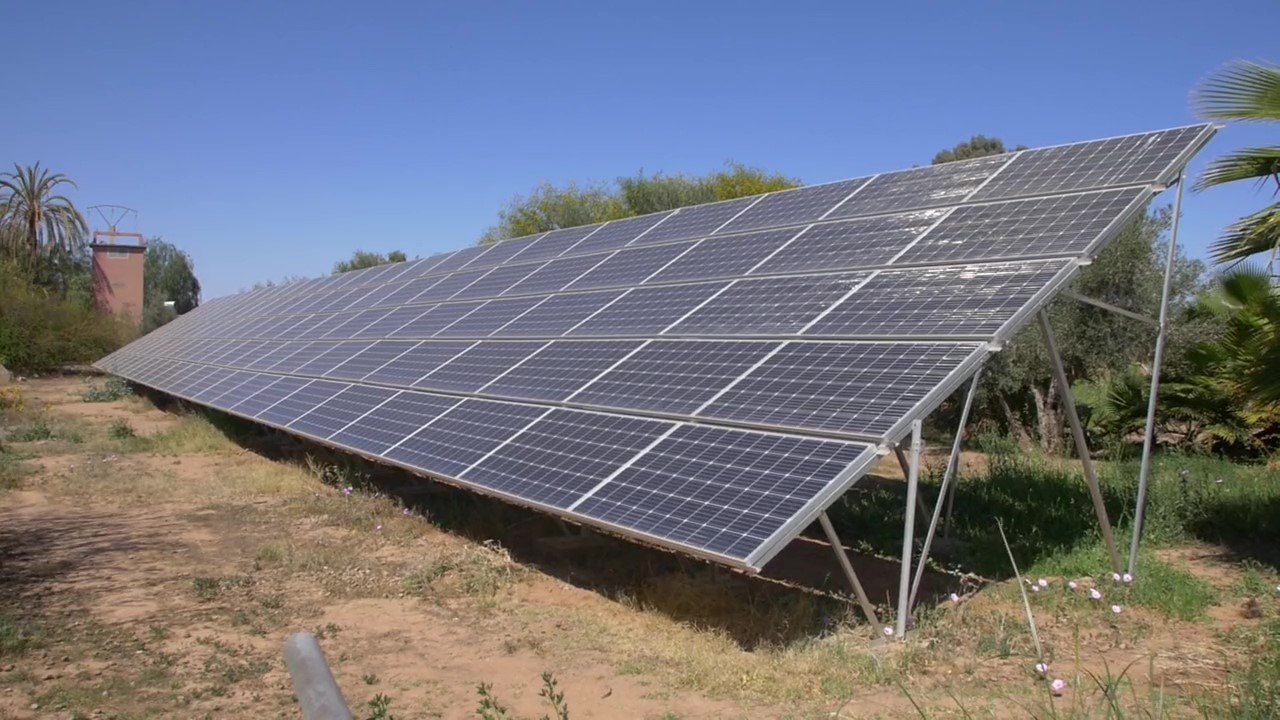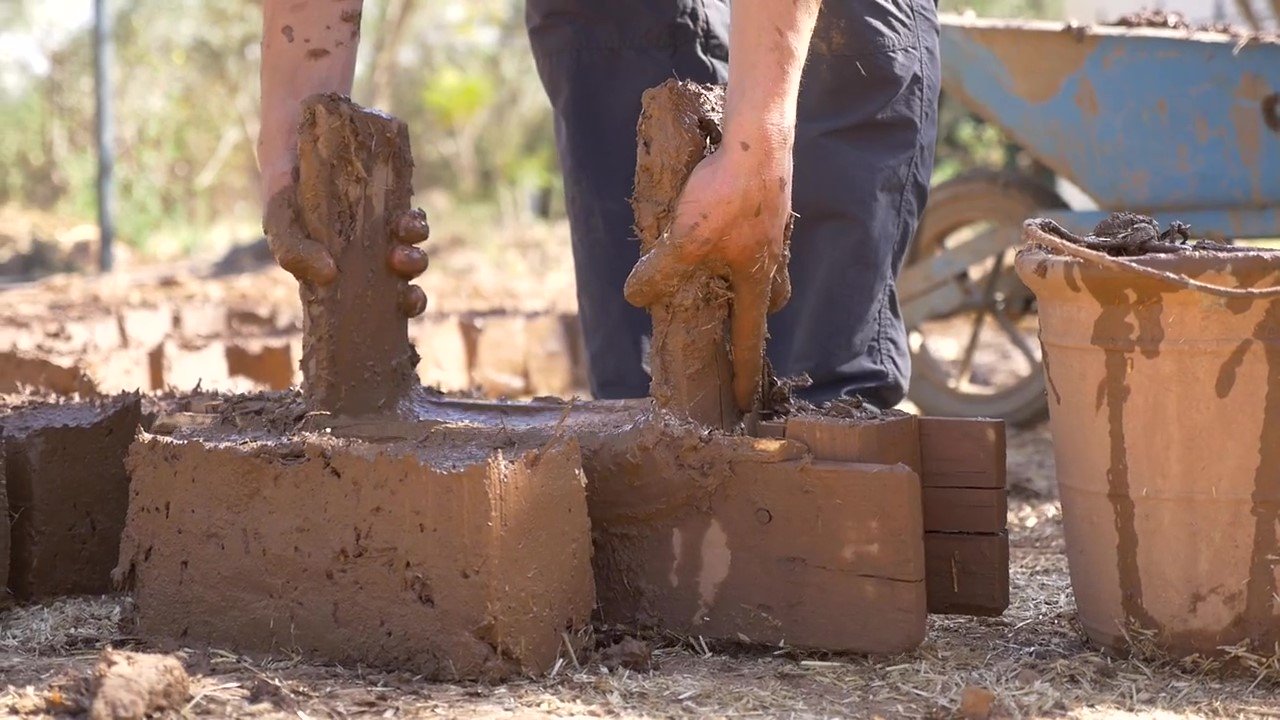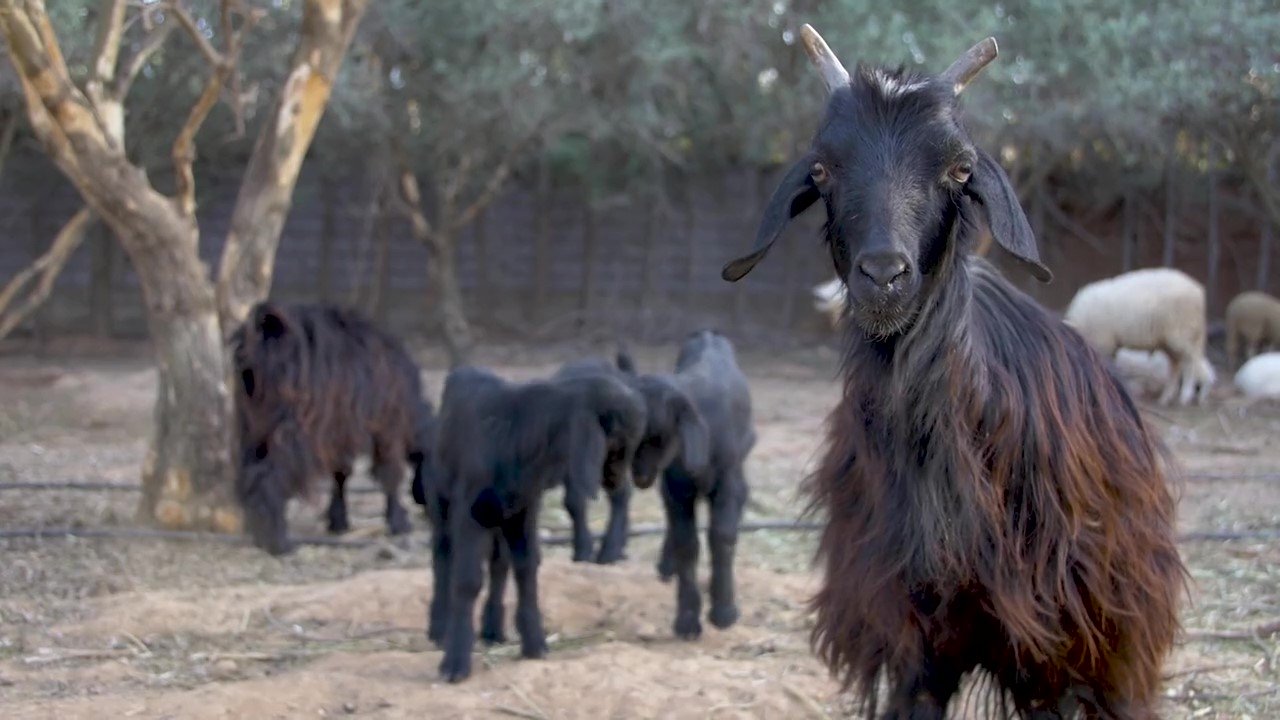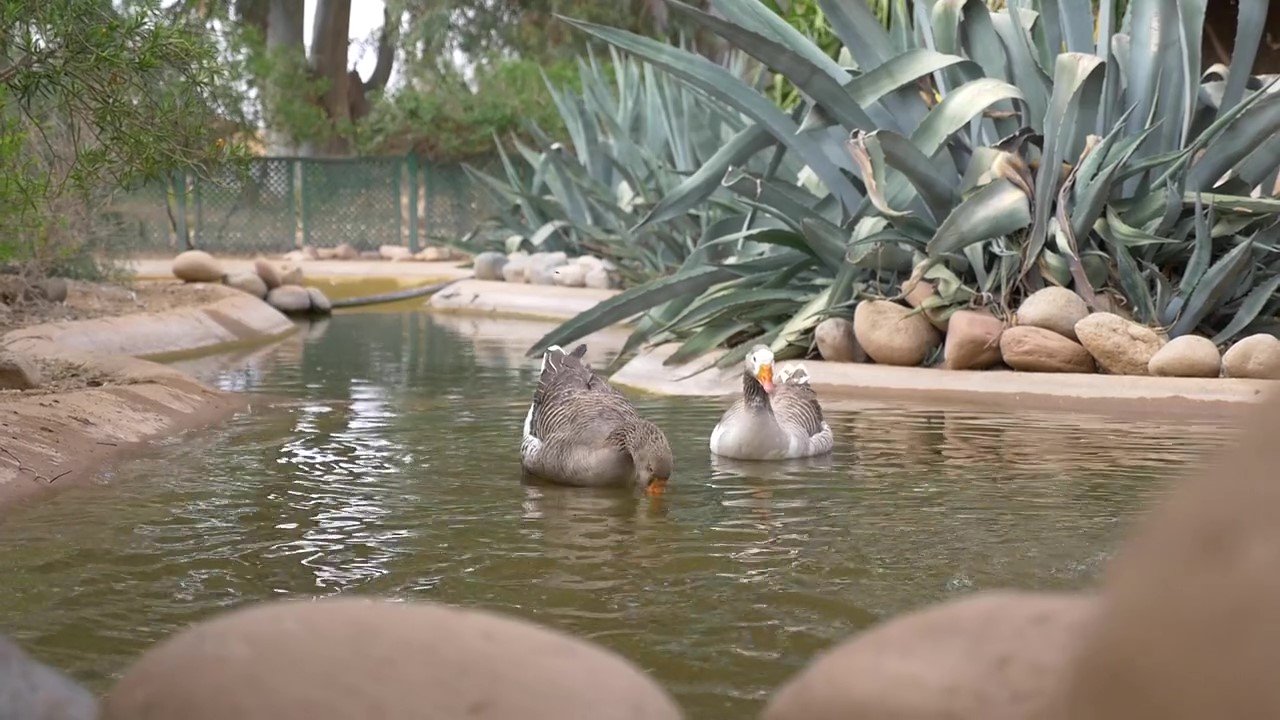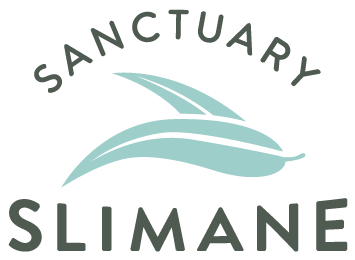What Is Permaculture?
What Is Permaculture?
Permaculture starts with healing the earth. By creating virtuous circles, we build a sustainable and self-sufficient ecosystem.
Our goal is to continuously identify methods to improve our approach toward sustainable living. Over the years, we learned valuable lessons that supported a foundation for long-term biodiversity
Soil, often mistaken as dirt, is vital for long-term sustainability. We learned early on, the process for healthy vegetation and growth comes from the time invested in cultivating the soil. It’s this process of caring for the soil that marks the first step towards self-sufficiency. Soil is a rich, complex living organism. Without a nutrient-dense soil foundation, most plants will struggle to survive. This takes time.
Water is our most precious resource and no more so than in the semi-arid area of Morocco. Currently, we use drip irrigation for most of the trees and raised beds we created. Repurposing water from the duck pond full of natural fertilizer from the animals helps boost soil enrichment.
Trees are essential and serve many roles on the farm. They control erosion, create a micro-climate, provide shade for other plants, retain water, clean the air, offer wood, mulch, and food.

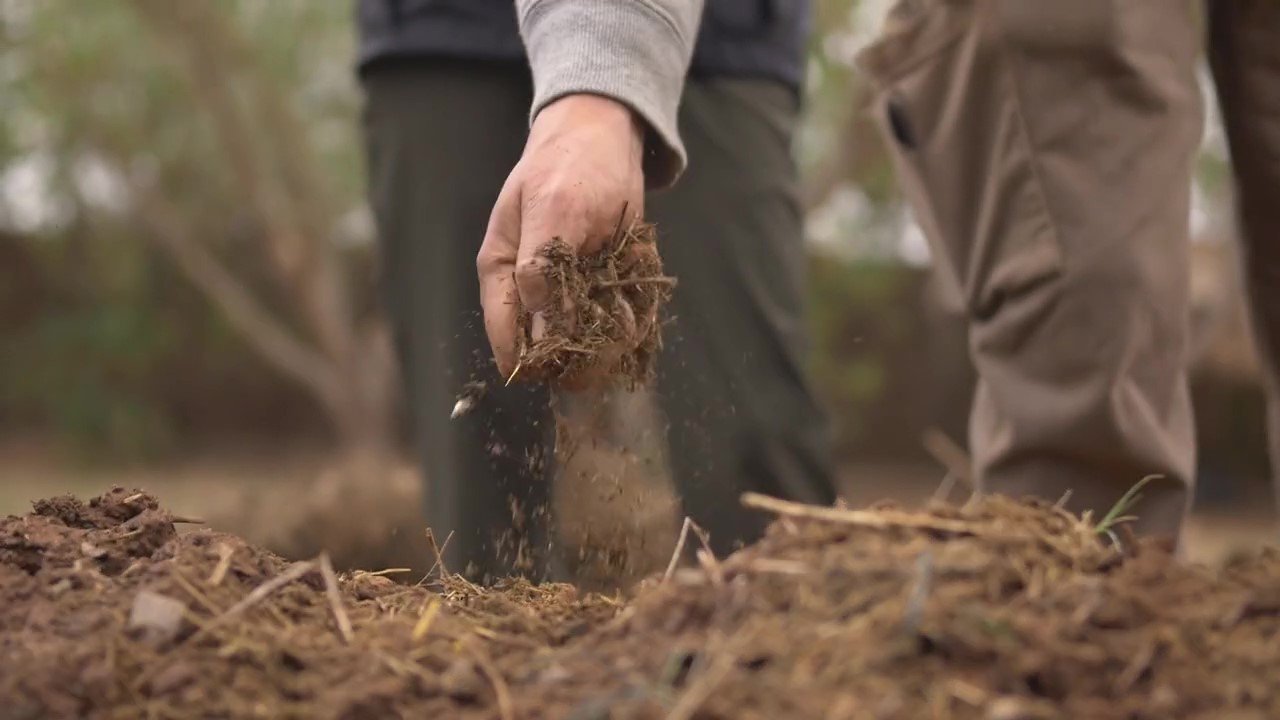
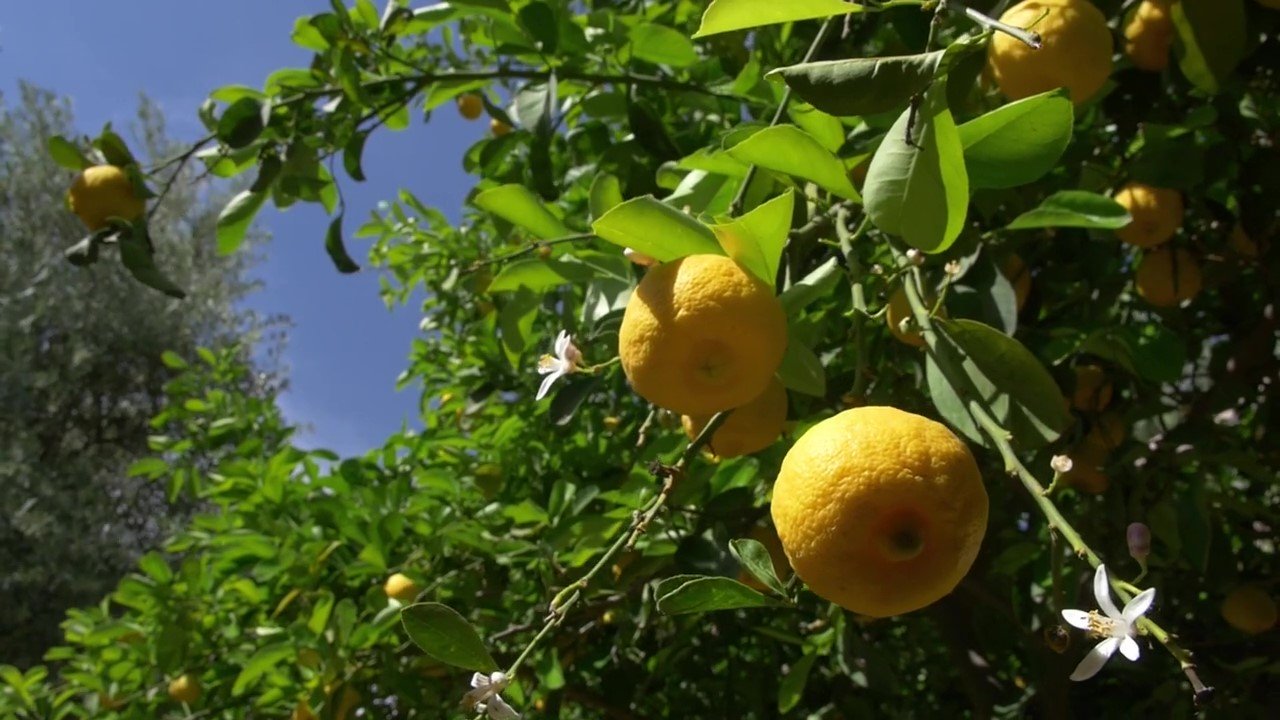
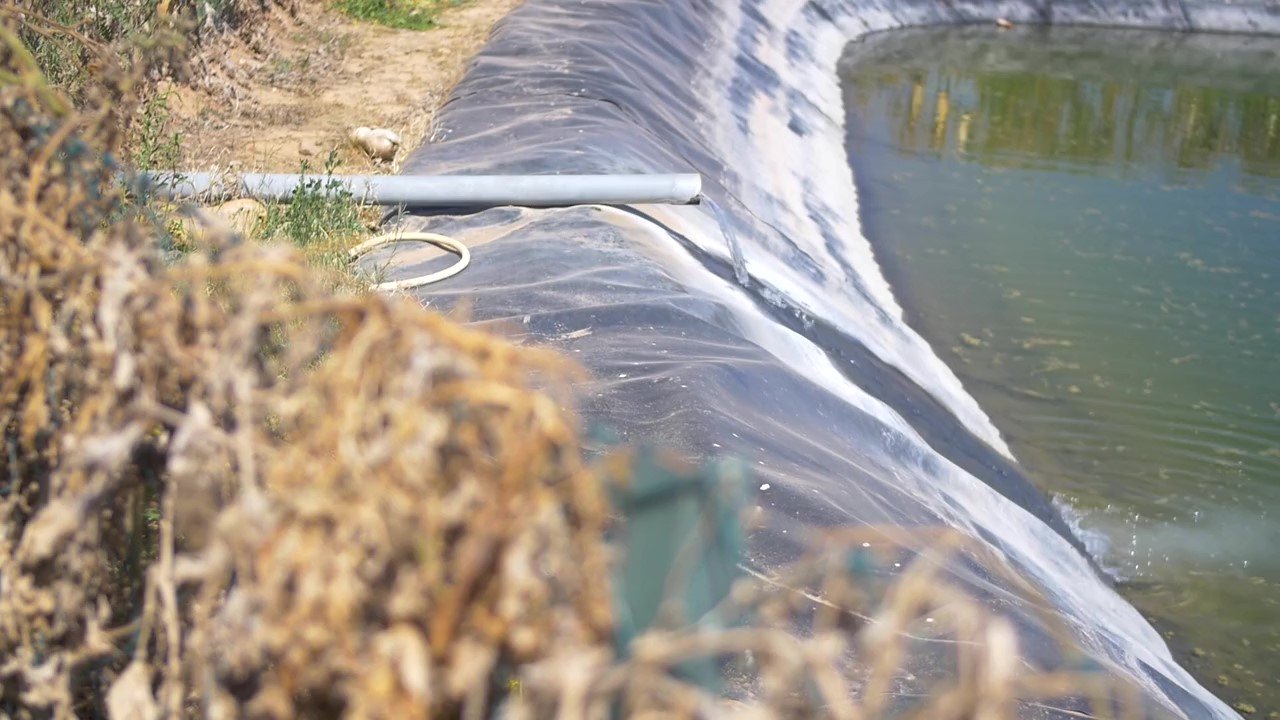
organic gardening
The Farm currently is a host to over 50 different raised garden beds. Strategically placed between the trees so they can benefit from the shade and irrigation of the vegetables provides support to the trees. All producing some variation of vegetable or fruit seasonally. The process used to cultivate a nutrient-dense growing environment involves the use of existing materials on the farm, making this a fully sustainable project.
The most common produce grown on the farm include kale, lettuce, chard, spinach, pumpkins, zucchini, tomatoes, potatoes, sweet potatoes, onion, garlic, ginger, turmeric, artichoke, carrots, beets, turnips. Additionally, herbs like basil, oregano, cilantro, parsley, sage, and marjoram are planted and harvested.
The process for developing healthy soil includes a multi-layer process. This refined method of soil generation has provided a bounty of fresh vegetables over the last 5 years. Our process includes the following:
All weeds are pulled
Pieces of wood are used as the bottom layer
Existing soil is broken up
Leaves and small branches are added
Compost mixed with soil is next
Mulch is layered on top
This process allows the animal life, worms, etc. to redistribute the compost with the older soil to make it a nutrient-dense environment for growing.
Once the soil is ready, we begin to build raised beds. Building a vegetable garden from raised beds allows for a longer growing season and better-growing conditions. With properly prepared soil, the beds warm up more quickly in the spring and drain better making this process than the traditional in-ground garden.
“The soil is the great connector of lives, the source, and the destination of all.
It is the healer and restorer and resurrector, by which disease passes into health, age into youth, death into life.”
Wendell Berry
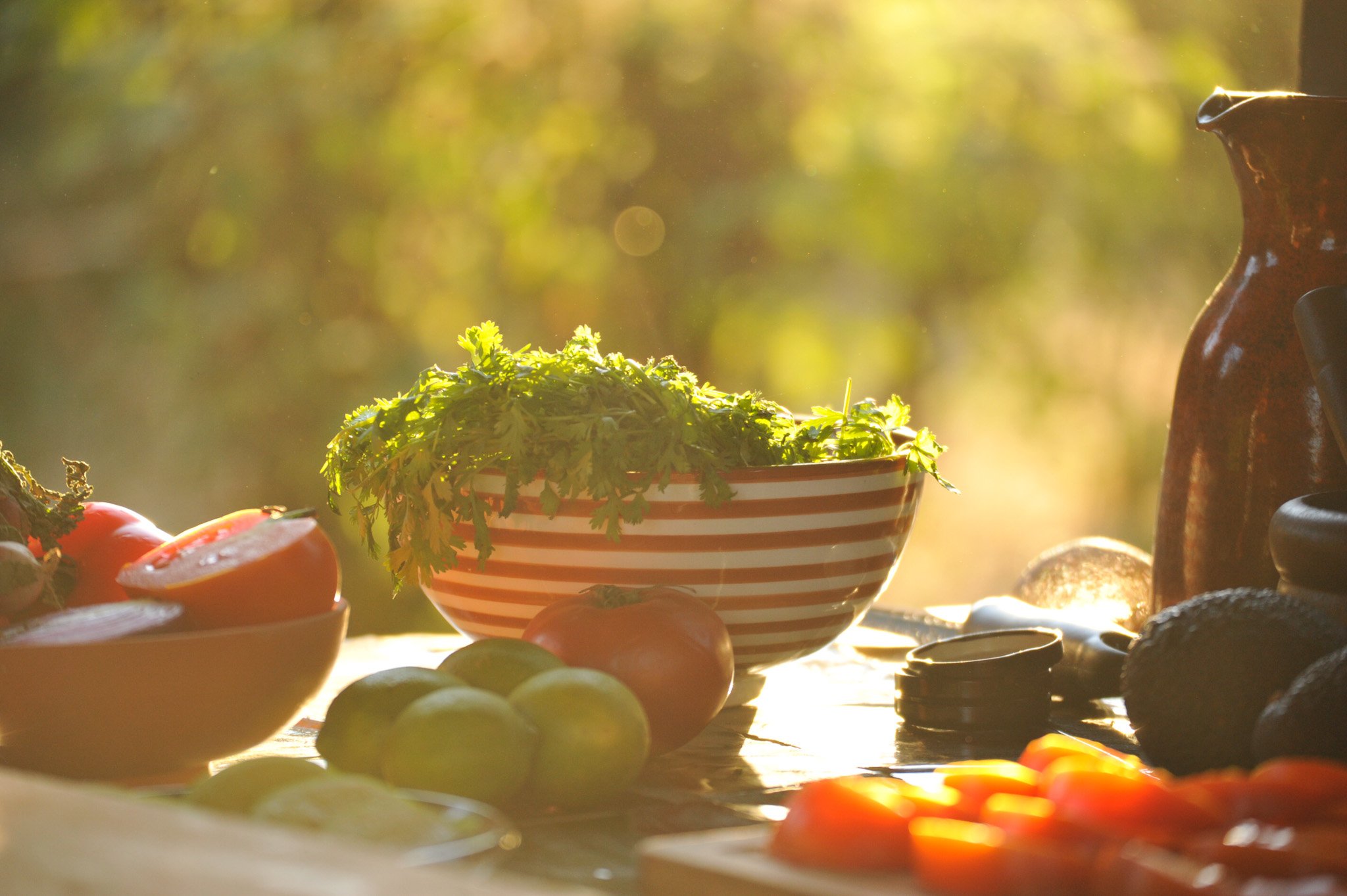
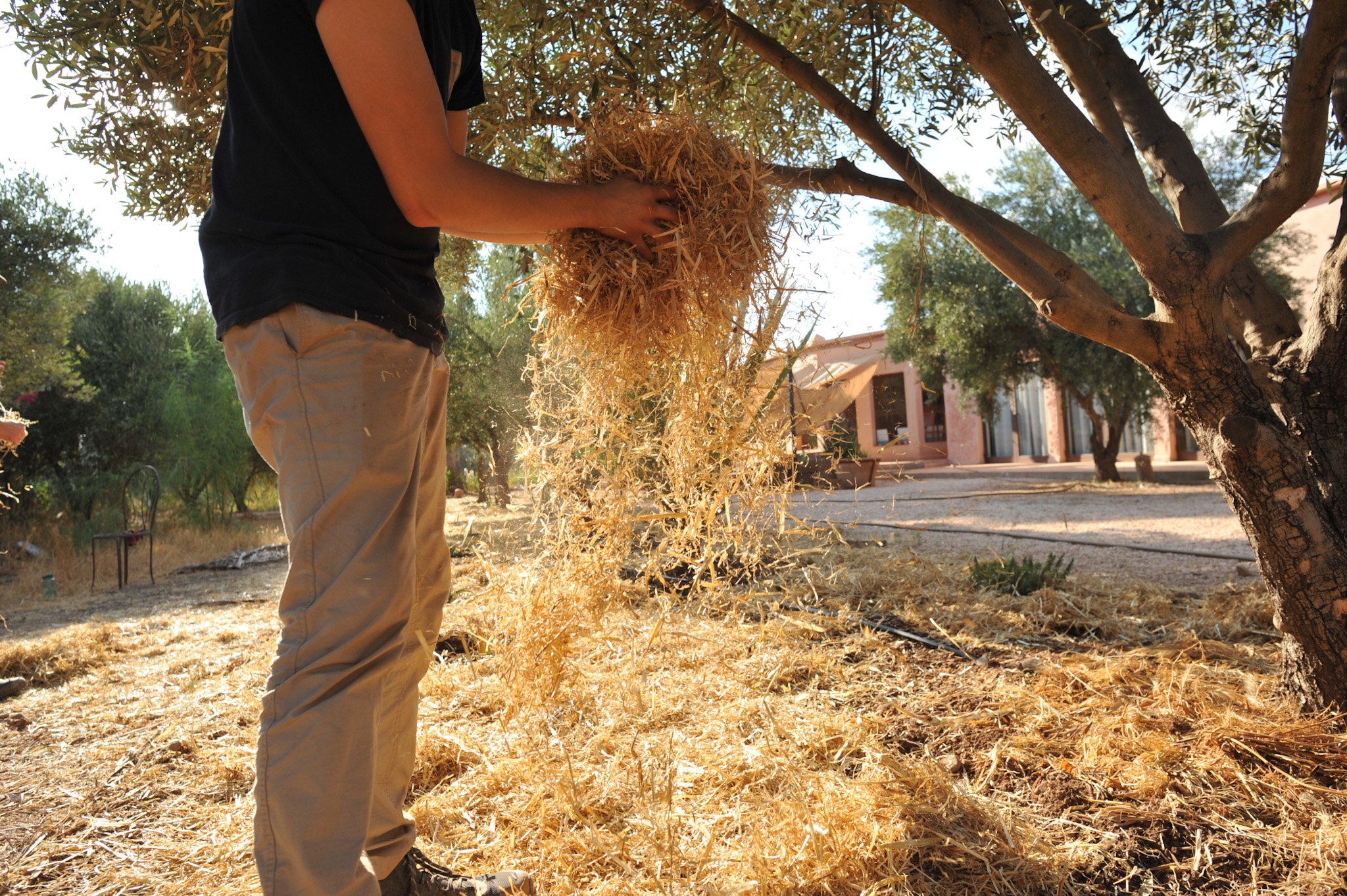
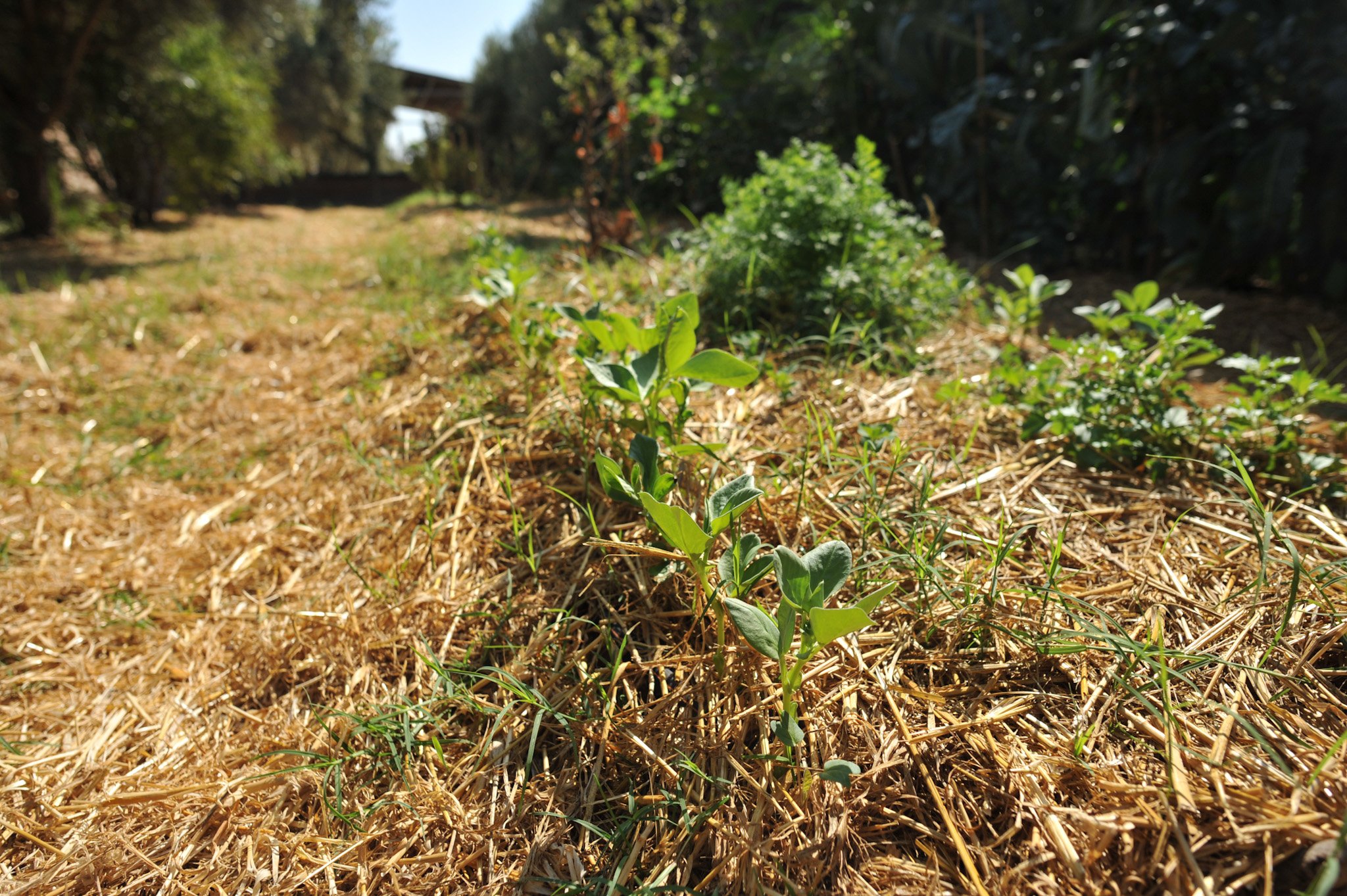
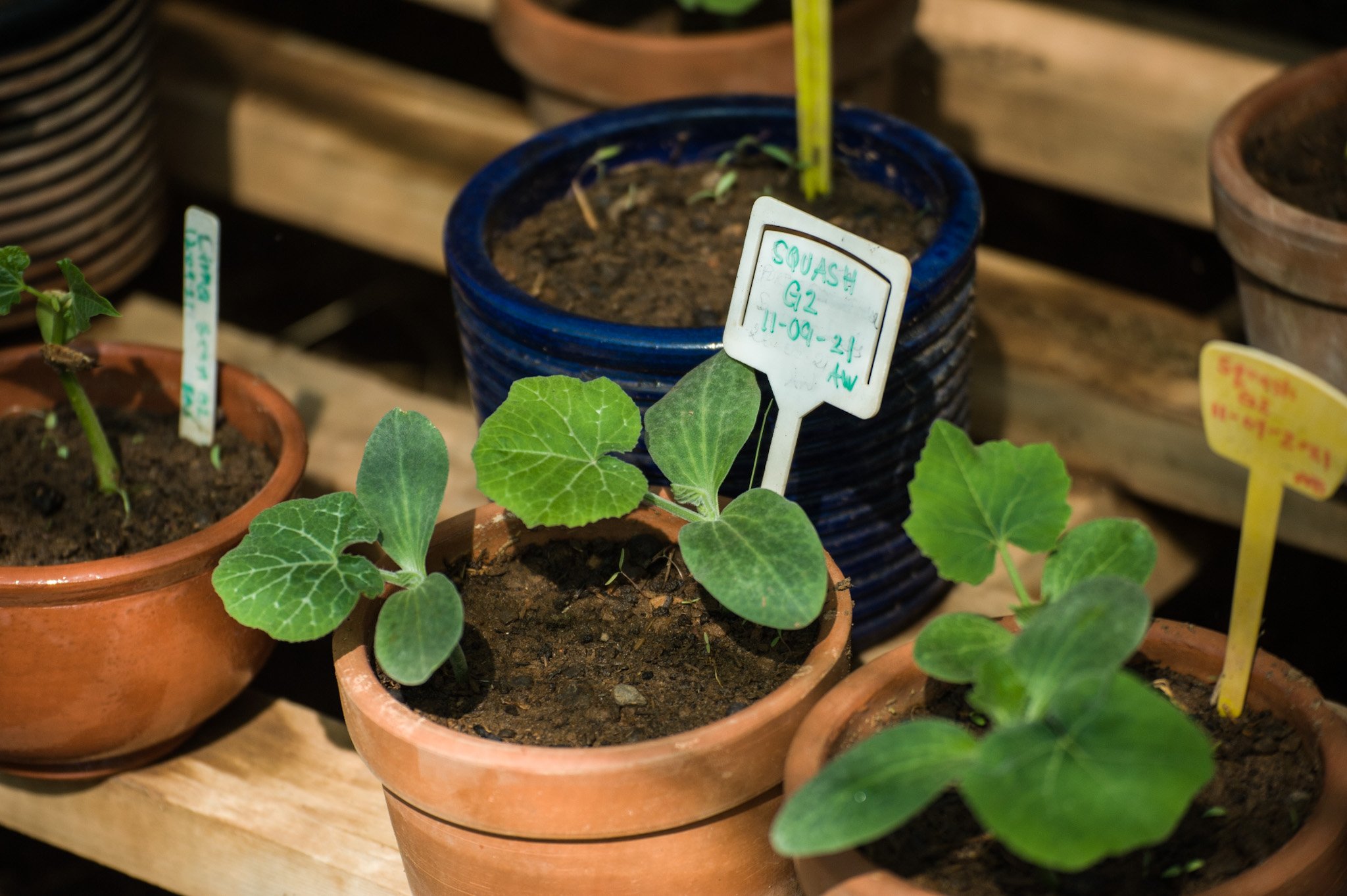
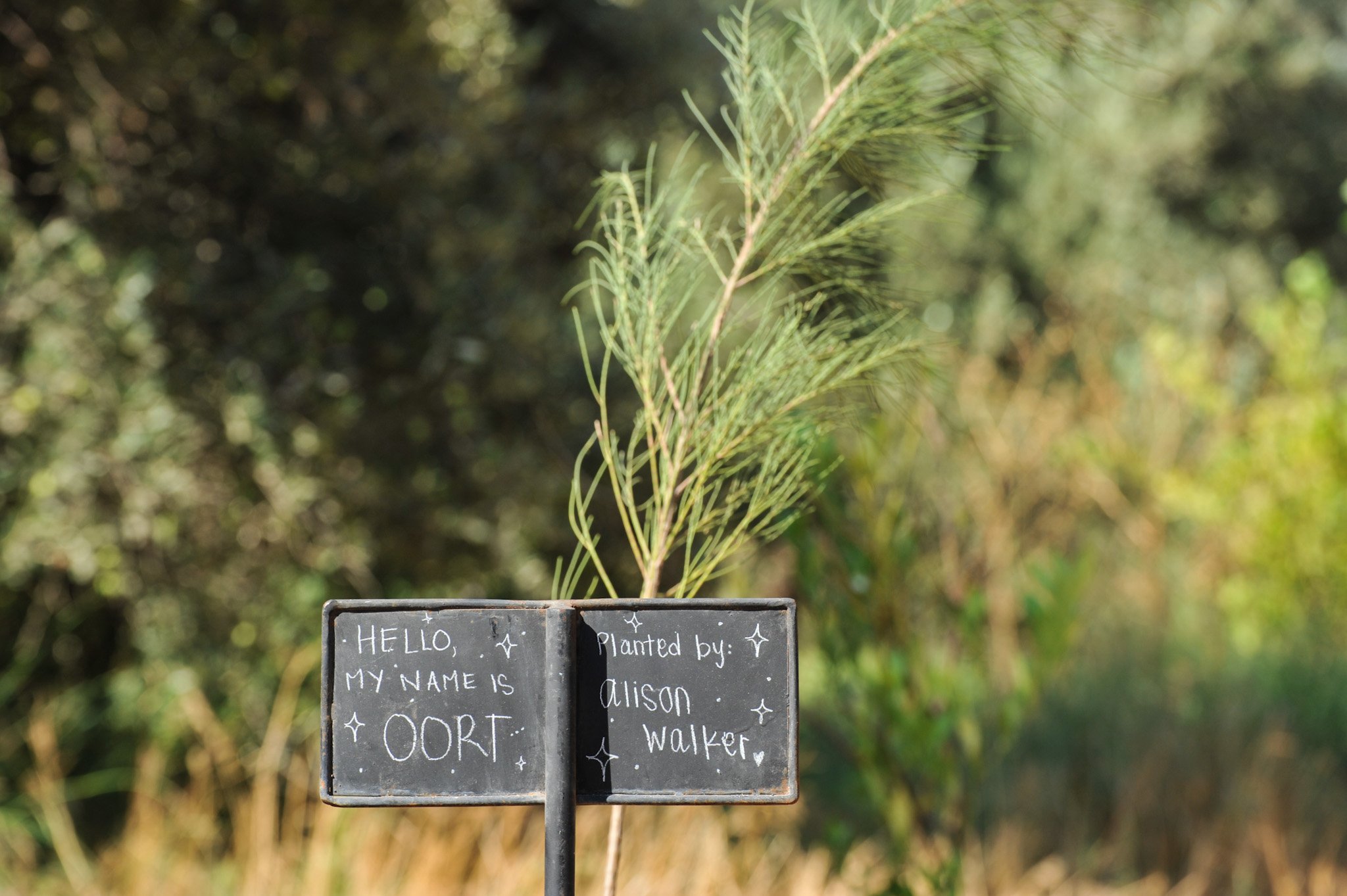
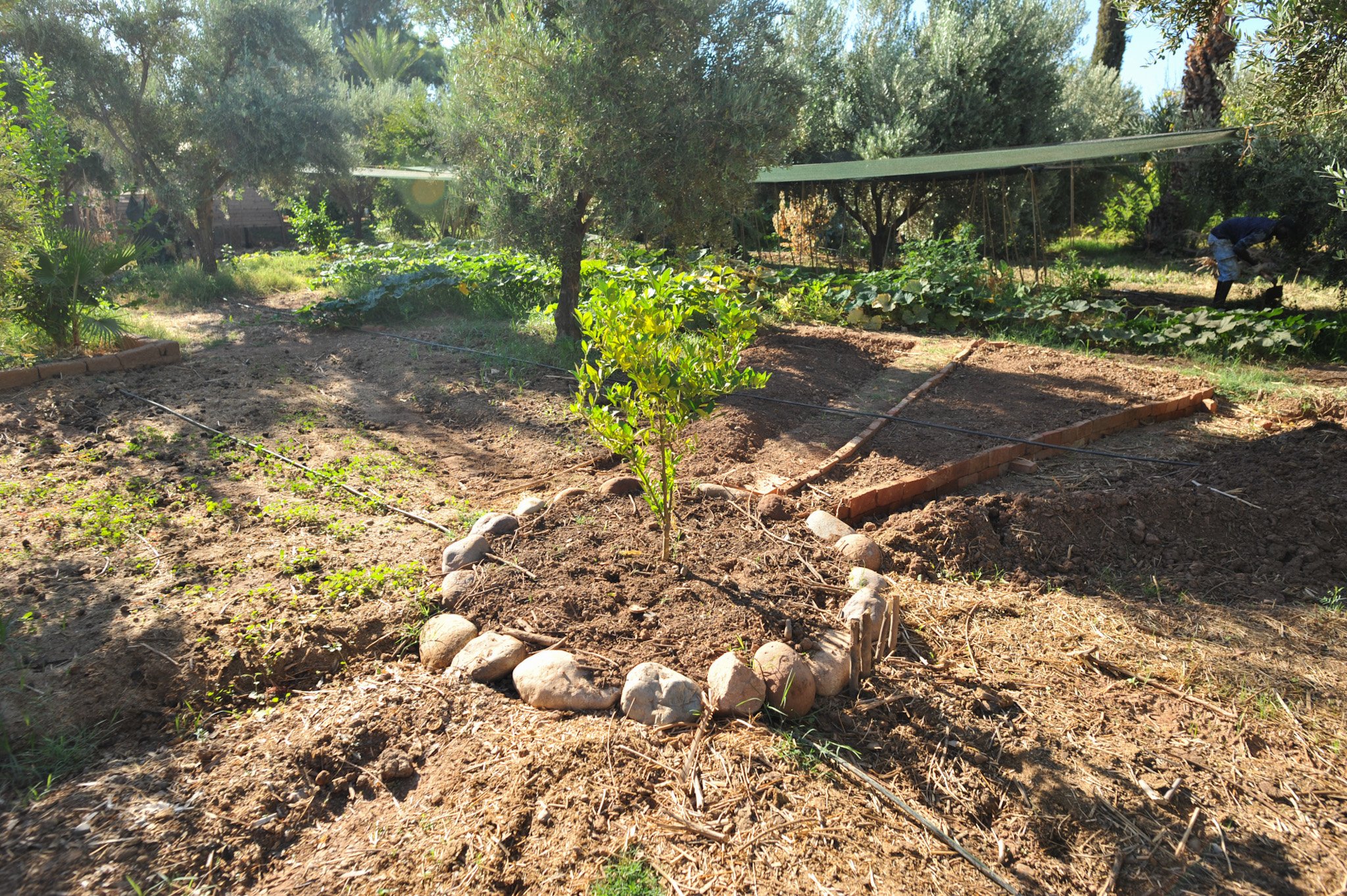
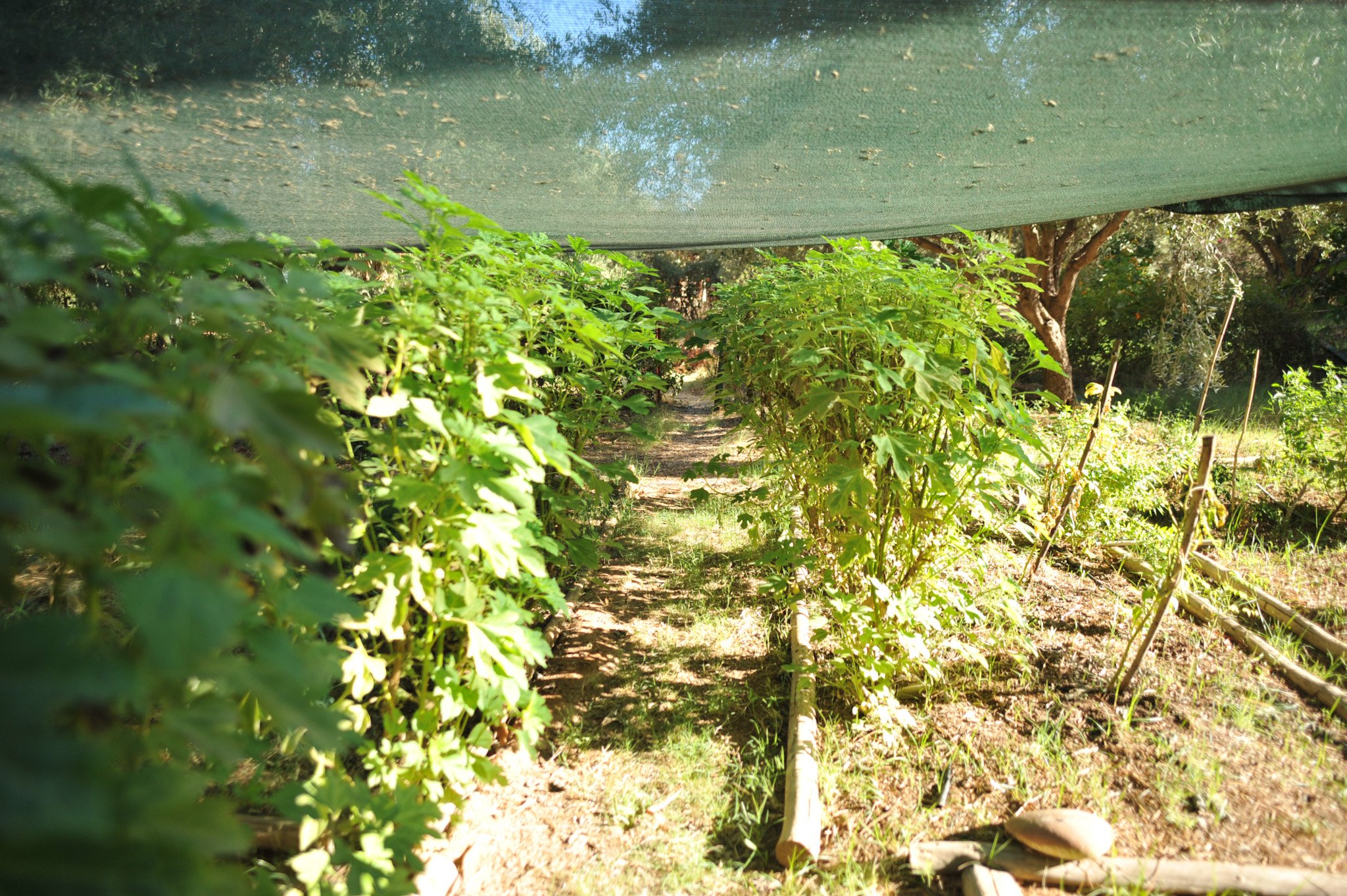


Animal Rescue
Over the years, the farm has expanded its diversity of animals who live in and around the Sanctuary. What started as an Animal Sanctuary, where rescue animals were provided with a happy and healthy life, has now organically evolved into a system in which the animals provide for the land.
While the two donkeys and horses help with tasks in transportation, their manure is repurposed via vermiculture producing compost and a strong liquid fertilizer. The chickens provide us with fresh eggs and excellent manure, high in nitrogen, potassium, and phosphorus dispersed throughout the land.
The sheep and goats contribute to the composting system while the duck pond functions as an aquaponics system that is emptied every three days into the soil.
Fifteen beehives can be throughout the property with their colonies being an intrinsic component to pollination and land fertility.
Many other creatures have found their way to our green haven. There’s a group of peacocks foraging the grounds, many various bird species such as the ibis, Eleonora's Falcons, and singing birds nesting here while we are still hoping storks will migrate their way to a giant nest installation on the roof. Walking or working the fields, you may encounter one of our turtles, toads, dragonflies, grasshoppers, and very busy ants.
Last but not least our cats and a dog stroll around the property to share fun, hugs, and snacks with us.
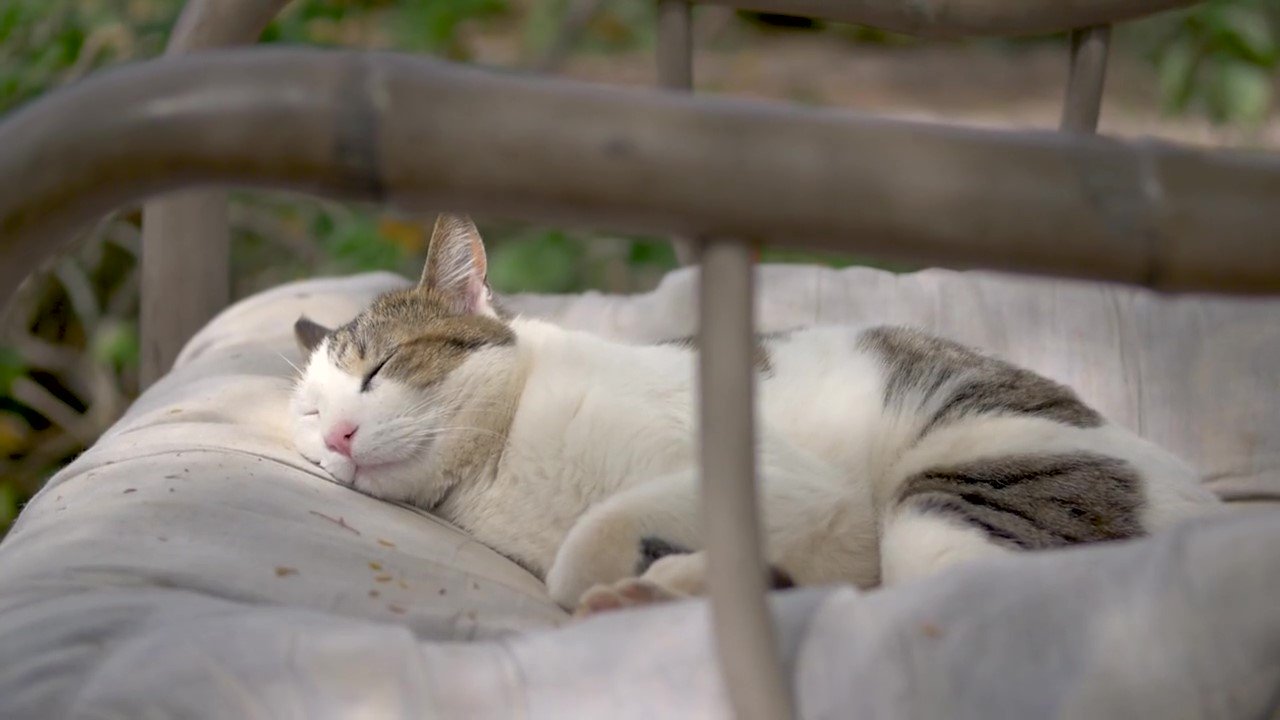
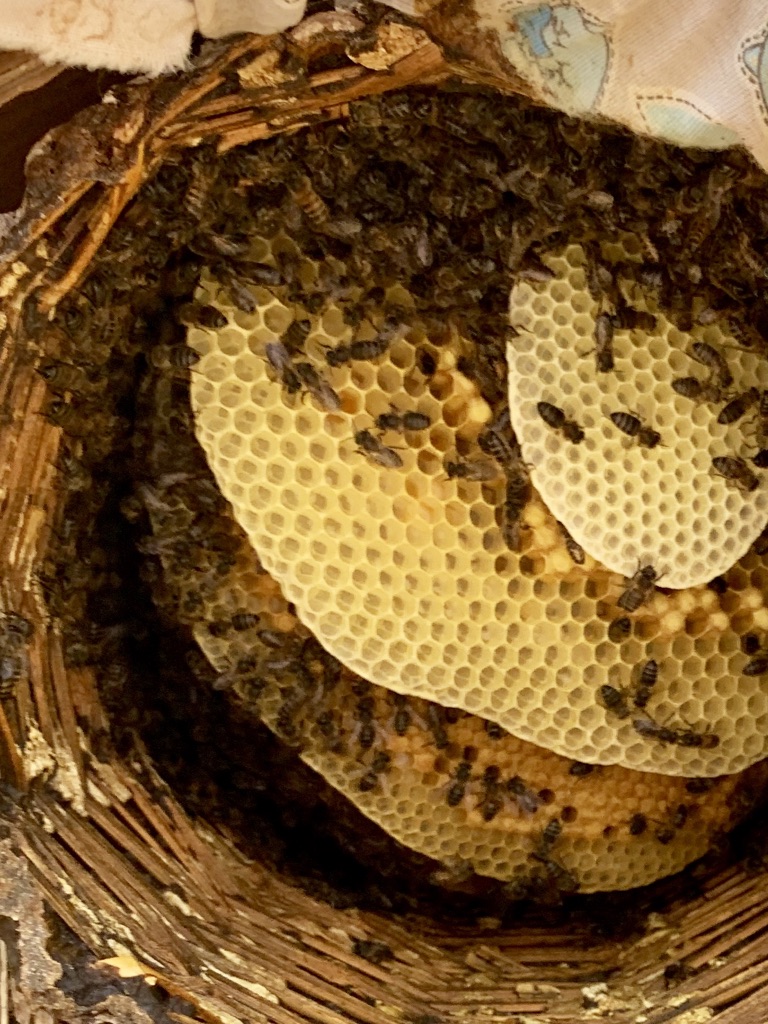

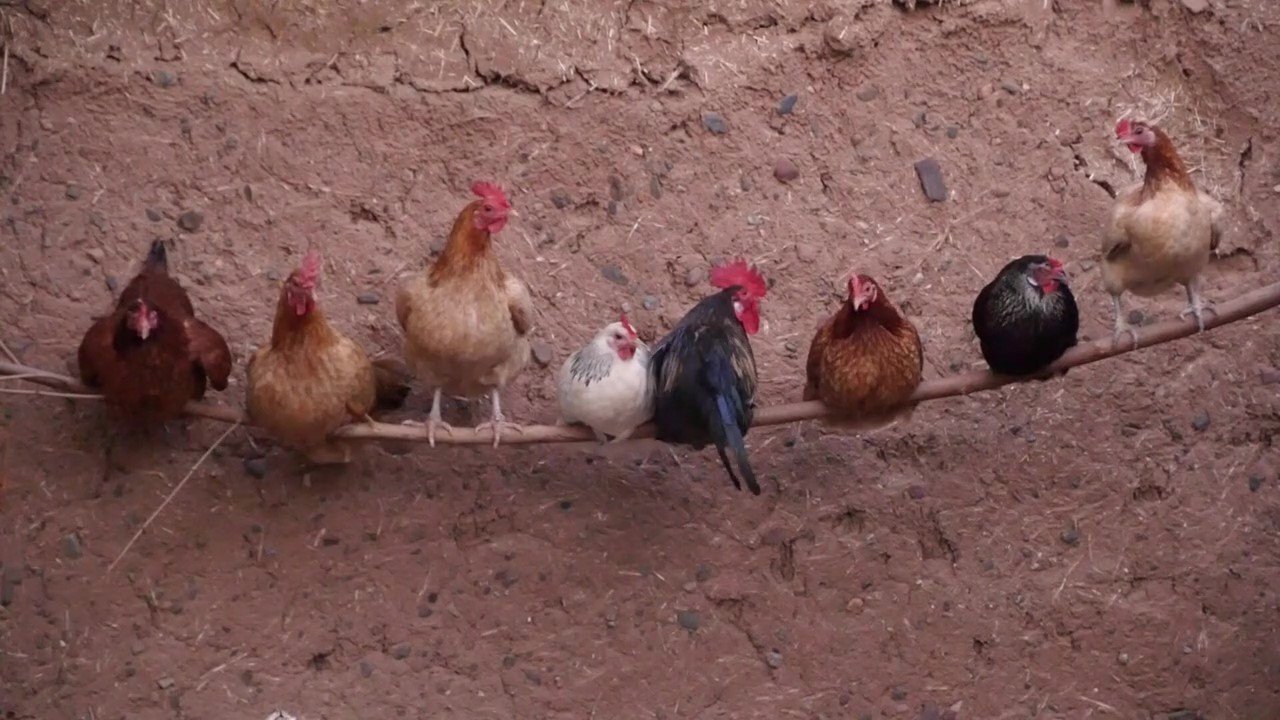
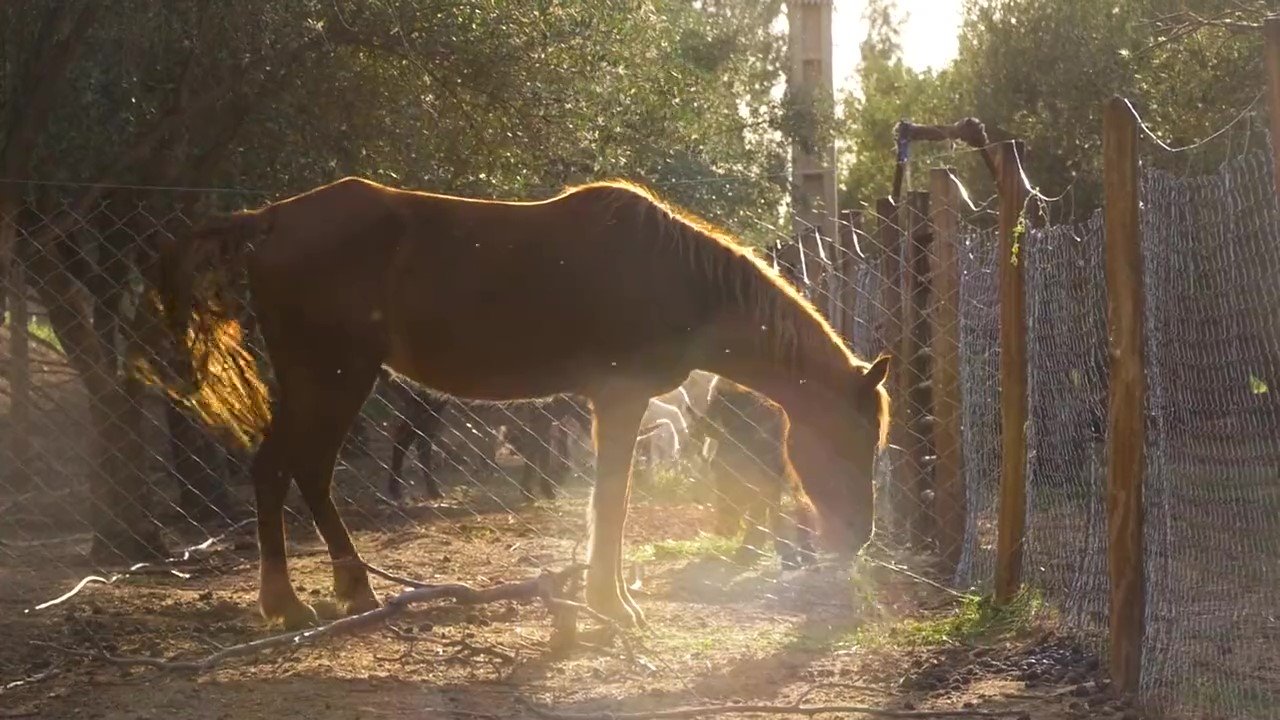
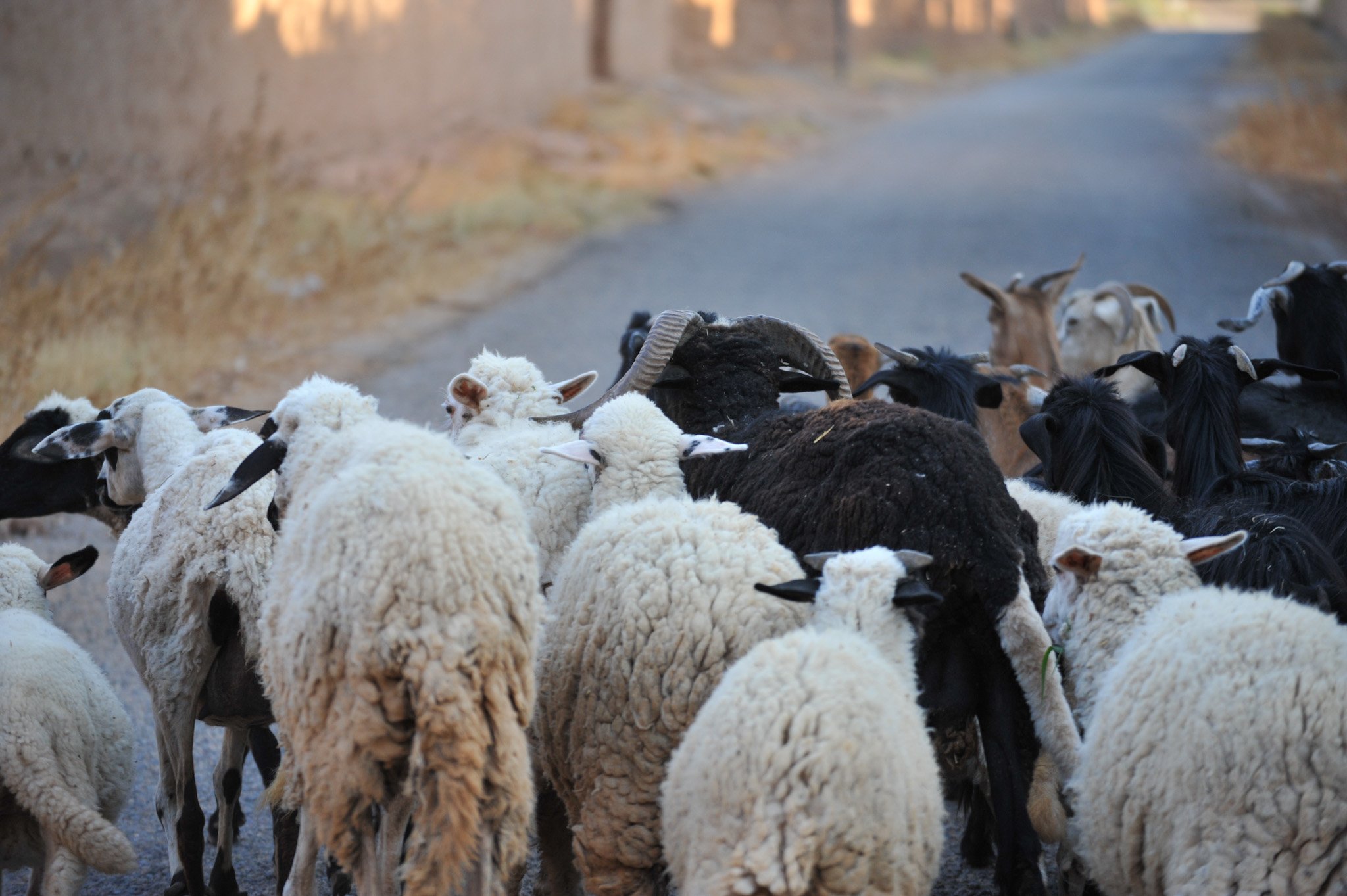
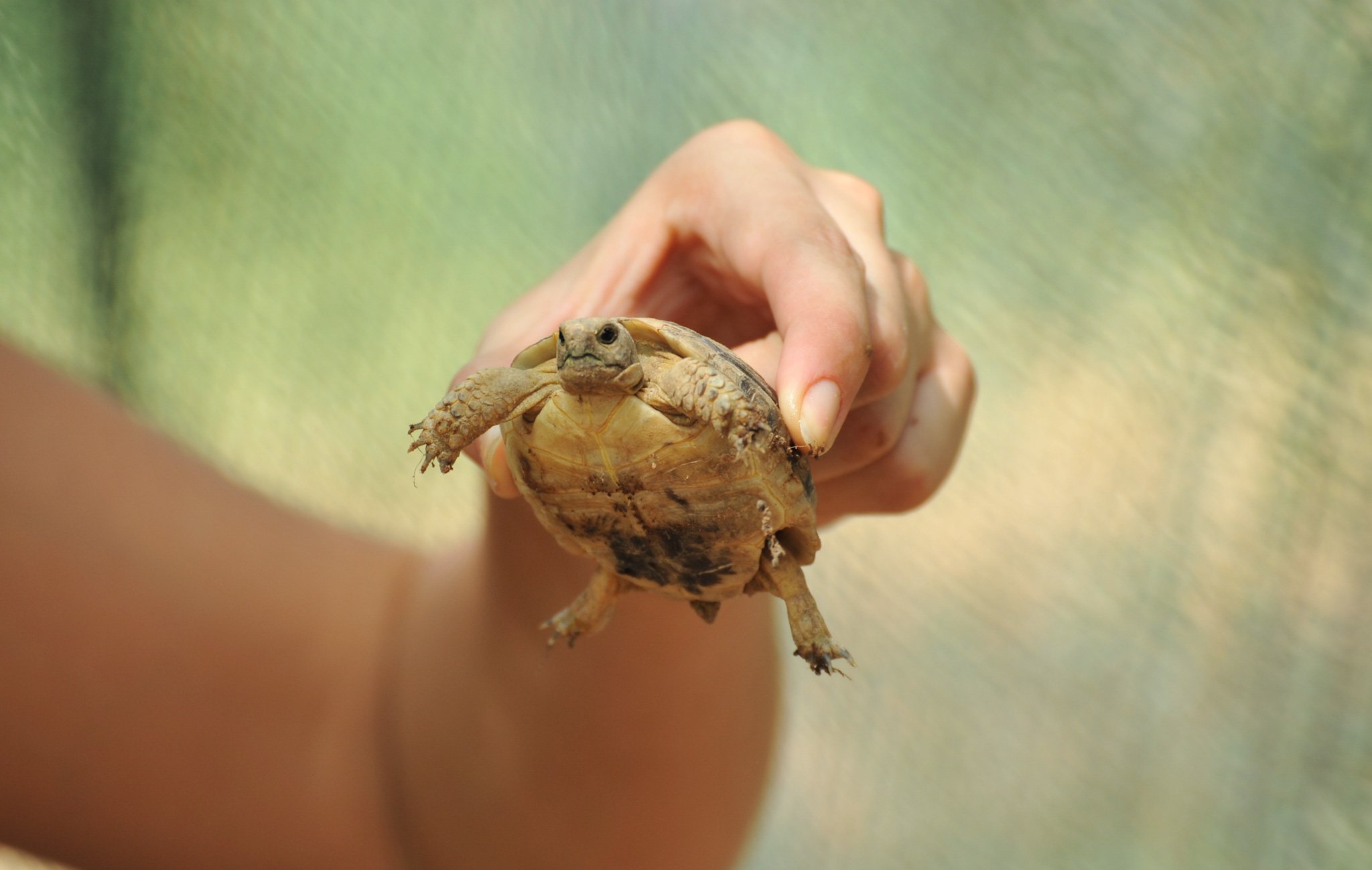
Recycling & Alternative Energy
How do we practice sustainability on the farm?
The water on the farm comes from two wells. We continue to research innovative methods to harvest water from the air and to capitalize on rainwater.
In 2017, 120 solar panels were installed providing electricity to the entire farm as well as helping fill in the water basin with which all plants are fed.
The chickens, ducks, goats, and sheep fertilize the soil by filling our compost bins. Additionally, we have created a vermicomposting structure.
Most of the wood from pruning our trees is buried in our hügelkultur holes.
Soil and other wood products are used to help build infrastructure on the farm.
All our used glass is donated to a hotel in Marrakech where it is recycled to create beautiful glassware.
